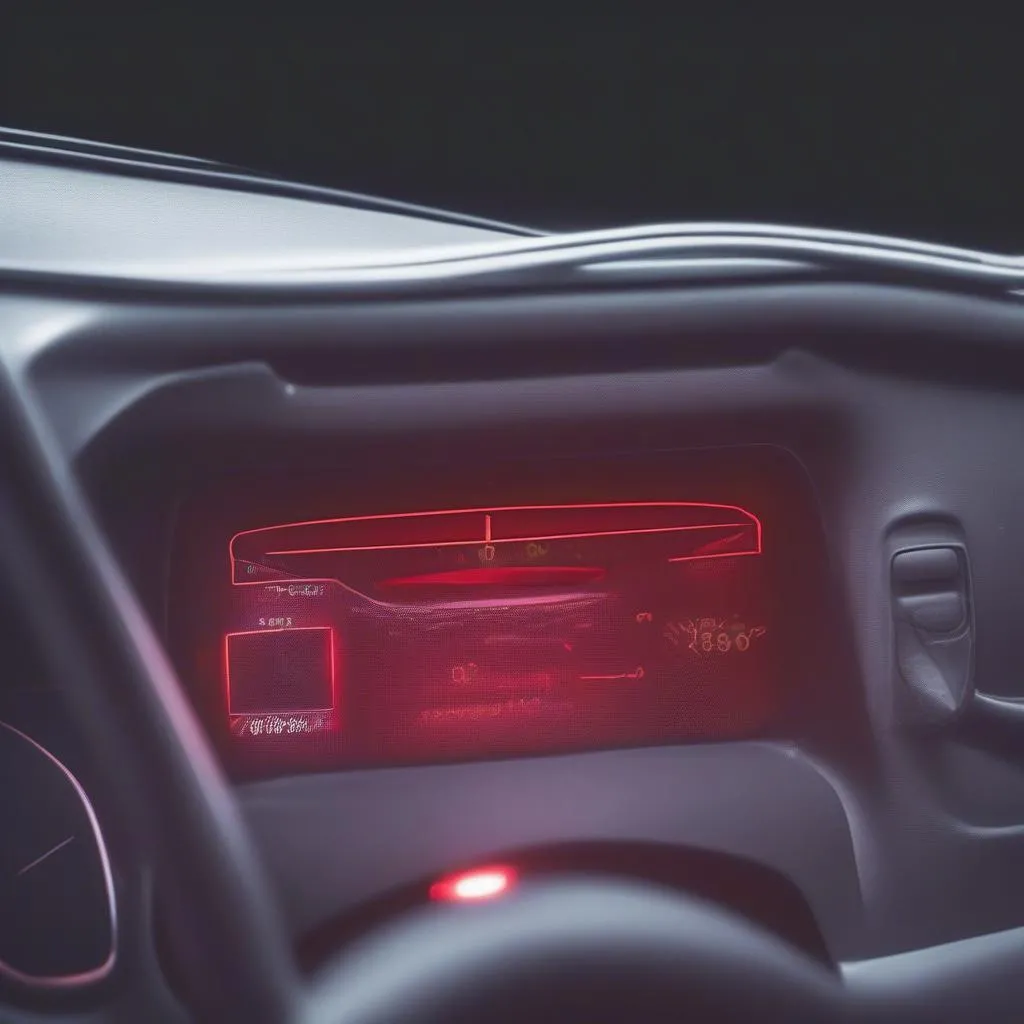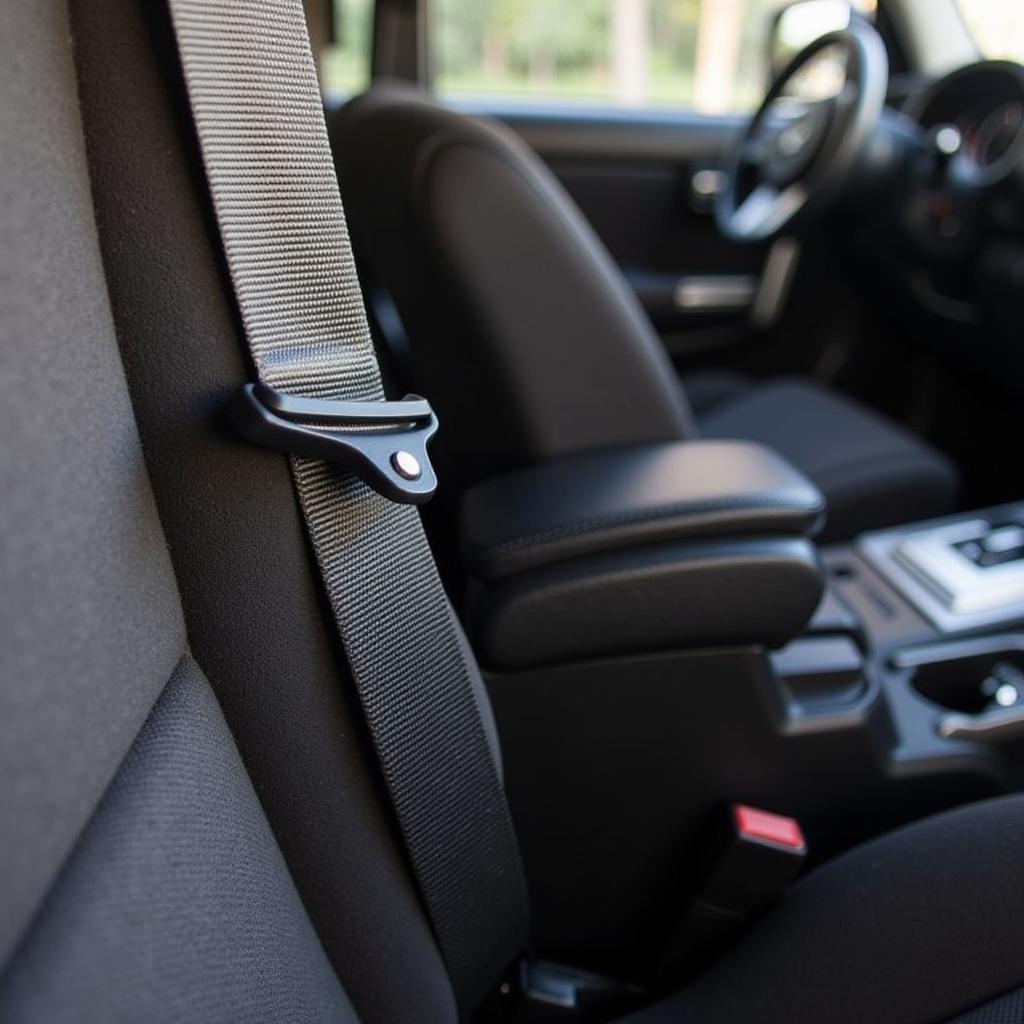If you’re experiencing issues with your Dodge Challenger key fob, a dead battery could be the culprit. This comprehensive guide covers everything you need to know about the battery for a key fob Dodge Challenger, from identifying signs of a dying battery to replacing it yourself.
Common Signs of a Dying Key Fob Battery
A failing key fob battery can manifest in several ways. Recognizing these signs early can save you the frustration of being stranded. Here are some common indicators:
- Decreased Range: You may notice that you need to be much closer to your Challenger for the key fob to unlock or lock the doors.
- Intermittent Functionality: The key fob may work inconsistently, sometimes requiring multiple button presses.
- No Response: In severe cases, the key fob may stop working entirely, leaving you unable to lock, unlock, or start your car.
Key Fob Battery Type and Lifespan
The Dodge Challenger key fob typically uses a CR2032 battery, a common type of lithium coin battery. On average, these batteries last between 3 to 5 years. However, factors like frequency of use, climate, and even how you store your key fob can impact battery life.
“Extreme temperatures, both hot and cold, can shorten the lifespan of your key fob battery,” says John Smith, Senior Automotive Electrician at XYZ Auto. “Storing your keys in a cool, dry place can help preserve battery life.”
How to Change the Battery in Your Dodge Challenger Key Fob
Replacing the battery in your Dodge Challenger key fob is a straightforward process that you can easily do yourself at home. Here’s a step-by-step guide:
- Gather Your Materials: You’ll need a new CR2032 battery and a small flat-head screwdriver or a plastic pry tool.
- Locate the Battery Compartment: Most Dodge Challenger key fobs have a small release button or slot on the back.
- Open the Key Fob: Gently insert the flat-head screwdriver or pry tool into the slot and pry open the key fob casing.
- Remove the Old Battery: Carefully remove the old battery. Note the orientation of the positive (+) and negative (-) sides.
- Insert the New Battery: Place the new CR2032 battery into the compartment, ensuring the positive (+) side faces up.
- Reassemble the Key Fob: Align the two halves of the key fob casing and press them together until you hear a click, indicating it’s securely closed.
Programming Your Dodge Challenger Key Fob
In most cases, your Dodge Challenger key fob will automatically resync after a battery replacement. However, if you’re still experiencing issues, you may need to program a key fob for Dodge. This usually involves a specific sequence of button presses and ignition cycles.
“If you’re unsure about programming the key fob yourself, it’s always best to consult your owner’s manual or seek assistance from a qualified automotive locksmith or dealership,” advises Smith.
Tips for Extending Key Fob Battery Life
Here are a few tips to help you maximize the lifespan of your Dodge Challenger key fob battery:
- Avoid Frequent Button Presses: Only press the buttons when necessary.
- Keep Your Key Fob Dry: Moisture can corrode the battery terminals.
- Store Your Key Fob Properly: Avoid storing your keys in extreme temperatures or direct sunlight.
Conclusion
A dead key fob battery can be an inconvenience, but it’s a simple fix. By understanding the signs of a failing battery and learning how to replace it yourself, you can stay ahead of the game and keep your Dodge Challenger running smoothly. If you encounter any issues or need assistance with programming, don’t hesitate to consult a professional.


